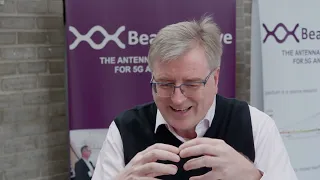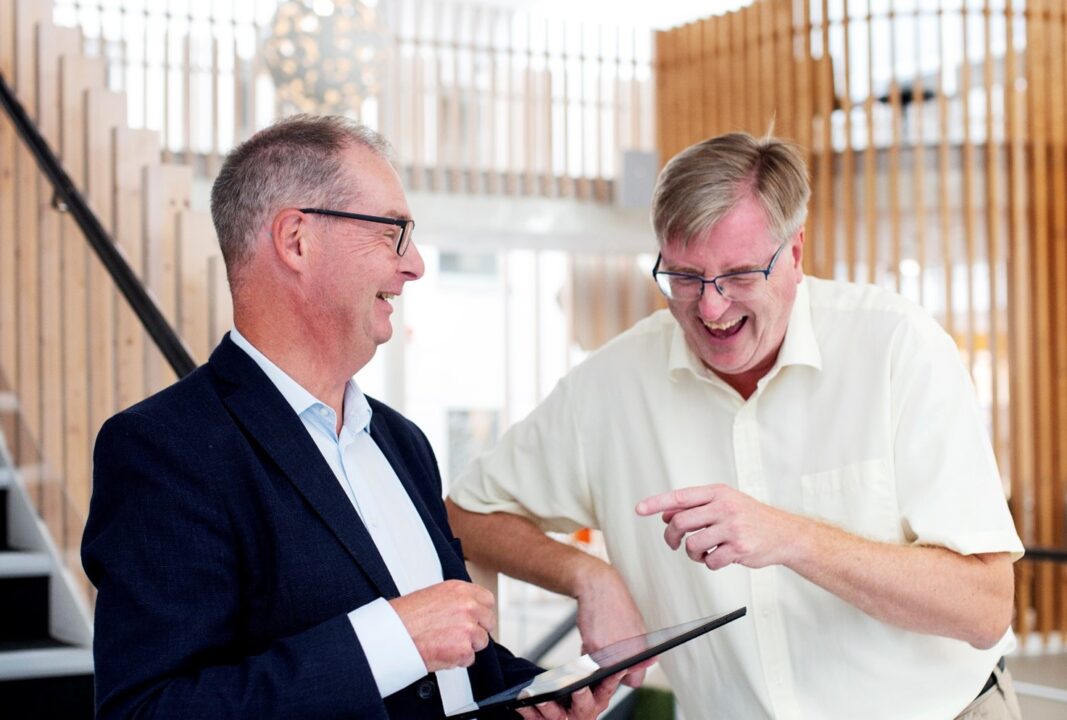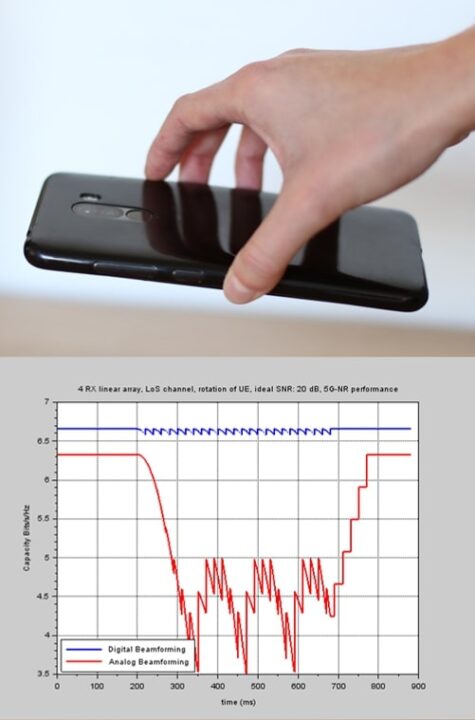Category: Use case and drivers
-

Episode 6, looking into the future of mmWave
What about the future? What are the new applications? And can we really use this to communicate with exoplanets?
-

Episode 1, Stefan and Bengt discuss why 5G is needed
Wouldn’t 4G be enough for me? Is 5G just a hype to get me to upgrade and spend more?
-

Did you know that a person picks up the smartphone 250 times a day?
The smartphone is in your pocket or on the table. Suddenly you hear a buzzing sound, you pick up the phone and check the chat message you received on your device. On average, a person does this procedure 250 times a day according to a recent study! This pick up the phone scenario is one…
-

In how many ways can you hold a smartphone?
Did you know that people typically check their smartphones over 250 times per day? 80% check their phone when they wake up, 70% use their phone when in the restrooms and 40% look at their phone when driving despite it being illegal in most countries. From such data one can understand that with more than…
-

mmWave and 5G – THE innovation platform for the decade to come!
Innovation is the strangest mix of slow and lightning fast. The slow part is all the tedious research done in labs and at universities, the hard (and slow work) of specifications, and the macro trends building persistently. These are all necessary enablers, but are for the most time not recognized as groundbreaking inventions, even if…
-

The main driver for mmWave is Capacity!
Many believe the main reason for introducing communication in the mmWave frequency range (24 GHz and above) in 5G-NR is to allow for use cases requiring Gb/s such as VR or AR use cases. It is true that such use cases require a lot of bandwidth not existing in current sub 6 GHz frequency bands,…